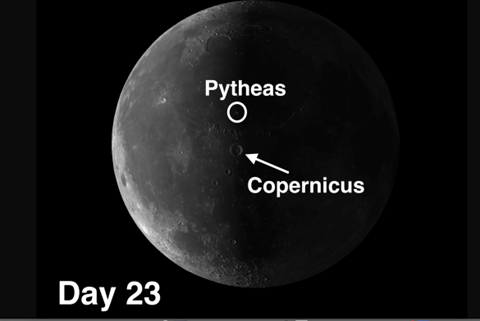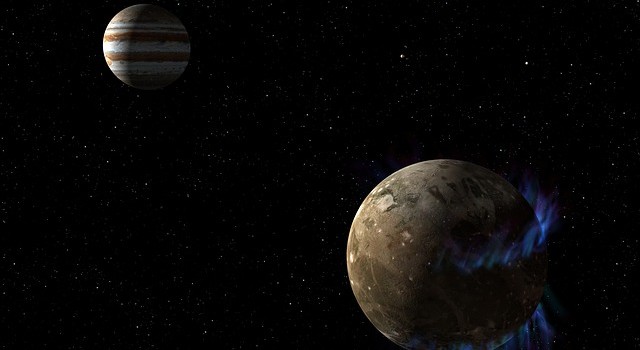The week of December 4-10 takes us from Day 22 to Day 27. This week we will highlight the moon crater Pytheas with its secondary craters, viewable on Tuesday after midnight. Pytheas secondary moon craters: [NW/G7-8; L=19°W] The best place
Moon Crater Pytheas with its Secondary Craters







